Turning Awful Dirt into a Garden
CynthiaBlue
9 years ago
Related Stories
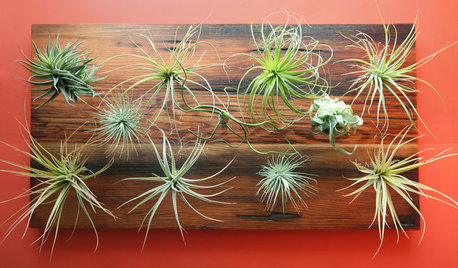
URBAN GARDENSDirt Optional: Amazing Air Plants for Wall or Tree
Succulents and air plants are stunning on winter walls — and the Christmas tree
Full Story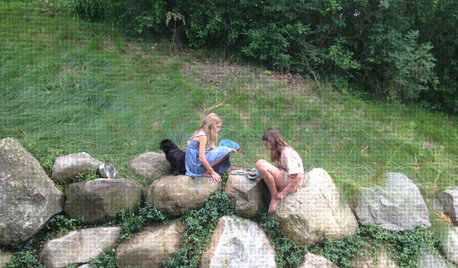
LIFETurn Off the Video Games and Turn On Your Kid's Creativity
Going nuts planning summer activities? Kids overdosing on screen time? It may be time to foster more self-directed play
Full Story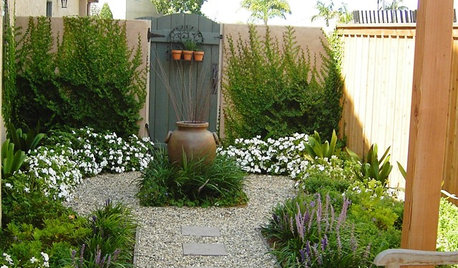
GARDENING GUIDESHow to Turn a Side Yard Into a Glorious Garden Room
With just 8 feet or so, you can turn a plain side yard into a garden that lets you get carried away
Full Story
GARDENING AND LANDSCAPINGTurn Household 'Junk' Into Garden Treasures
Don't kick discarded household items to the curb — send them to the garden as planters, art pieces and conversation starters
Full Story
COLORFUL HOMESHouzz Tour: Turning Tradition on Its Head in Vermont
Leopard-spotted stairs, Victoriana paired with Lucite and other daring style moves give a home in a shire a completely new twist
Full Story
GREAT HOME PROJECTSTurn That Spare Room Into a Walk-in Closet
New project for a new year: Get the closet you’ve always wanted, starting with all the info here
Full Story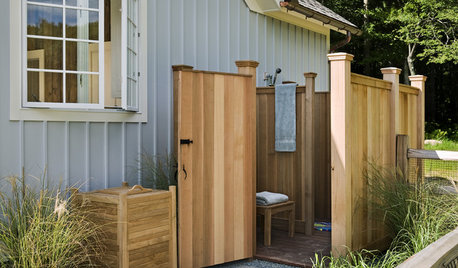
GARDENING AND LANDSCAPING10 Reasons to Love Outdoor Showers
Keep summertime dirt and sand outside with a shower area that turns an everyday routine into an exhilarating experience
Full Story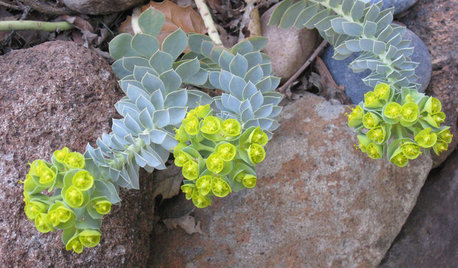
BLUE AND GRAY FOLIAGEGreat Design Plant: Donkey Spurge
Yes, there's the awful name, plus the sap issue. But this plant's foliage and flowers bring something special to Eastern U.S. gardens
Full Story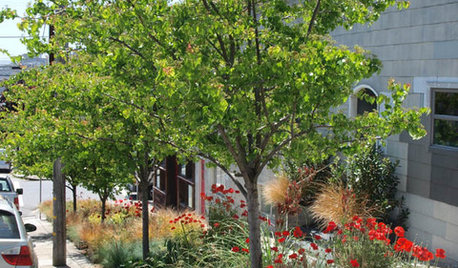
CURB APPEALTake Your Hell Strip to Heavenly Heights: 8 Design Ideas
Trade weedy dirt and trash for a parking strip filled with wispy grasses, low-growing flowers and textural trees
Full Story
GARDENING GUIDES8 Materials for Raised Garden Beds
Get the dirt on classic and new options for raised vegetable and plant beds, to get the most from your year-round garden
Full StoryMore Discussions






digdirt2
nancyjane_gardener
Related Professionals
Clemson Landscape Architects & Landscape Designers · Glendora Landscape Architects & Landscape Designers · Hartford Landscape Contractors · Norwood Landscape Contractors · Bellefontaine Neighbors Landscape Contractors · Burien Landscape Contractors · Conroe Landscape Contractors · Darien Landscape Contractors · Fort Myers Landscape Contractors · Pleasanton Landscape Contractors · Pomona Landscape Contractors · Rochester Landscape Contractors · Camp Springs Landscape Contractors · Ashburn Driveway Installation & Maintenance · Conroe Driveway Installation & Maintenancelantanascape
art_1
ltilton
CynthiaBlueOriginal Author
ltilton
art_1
seysonn
defrost49